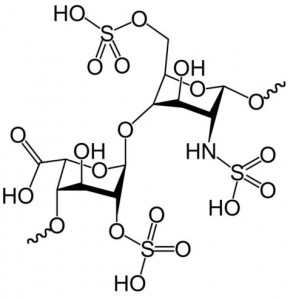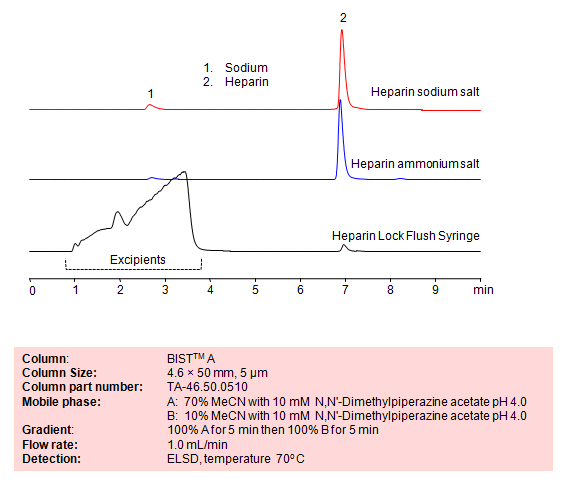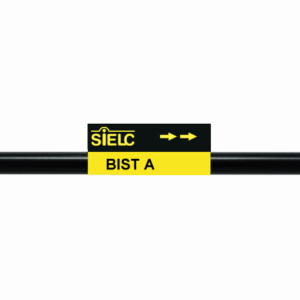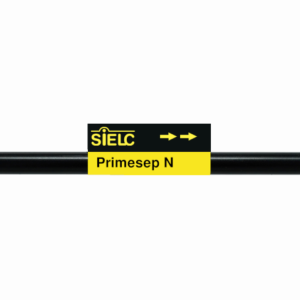| CAS Number | 9005-49-6 |
|---|---|
| Molecular Formula | C26H42N2O37S5 |
| Molecular Weight | 1134.899 |
| InChI Key | HTTJABKRGRZYRN-UHFFFAOYSA-N |
| LogP | -10.8 |
| Synonyms |
|
Applications:
HPLC Method for Analysis of Heparin on BIST™ A Column
June 15, 2022
Separation type: Bridge Ion Separation Technology, or BIST™
BIST Ionic Modifier Preparation
High Performance Liquid Chromatography (HPLC) Method for Analysis of Heparin
Heparin is a WHO-recognized essential medicine known for its anticoagulant properties and used to treat heart attacks and angina. Due to its very polar and polymeric nature, separating and quantifying Heparin using traditional HPLC methods can be quite difficult. Using SIELC’s newly introduced BIST™ method, however, Heparin and its salts can be separated easily on a negatively-charged, cation-exchange BIST™ A column. There are two keys to this retention method: 1) a multi-charged, positive buffer, such as N,N’-Dimethylpiperazine (DMP), which acts as a bridge, linking the negatively-charged anion analytes to the negatively-charged column surface and 2) a mobile phase consisting mostly of organic solvent (such as MeCN) to minimize the formation of a solvation layer around the charged analytes. Other positively-charged buffers that can generate BIST™ include TMDAP, Calcium acetate, and Magnesium acetate. Using this new and unique analysis method, Heparin and its salts can be separated and retained with high selectivity and great peak shape. This method can be detected and is compatible with ELSD, CAD, and Mass Spectrometry (LC-MS).
| Column | BIST™ A, 4.6×50 mm, 5 µm, 100A |
| Mobile Phase | Gradient MeCN |
| Buffer | N,N’-Dimethylpiperazine acetate pH 4.0 |
| Flow Rate | 1.0 ml/min |
| Detection | ELSD, 70C |
| Class of Compounds |
Drug, Glycosaminoglycan |
| Analyzing Compounds | Heparin |
Application Column
BIST A
BIST™ columns offer a unique and effective way to achieve separations that were traditionally challenging or even impossible with other HPLC columns. With the use of a special mobile phase, these ion exchange columns provide very strong retention for analytes with the same charge polarity as the stationary phase, unlocking new chromatography applications. What makes BIST™ columns stand out is their proprietary surface chemistry, which results in superior selectivity, resolution, and sensitivity. These columns offer a simple, efficient solution for a variety of analytical challenges, making them an excellent choice for researchers and analysts across many different fields. To learn more about the technology that powers BIST™ columns and to explore related applications, check out https://BIST.LC.
Select options
HPLC Separation of Heparines and Pentosan
June 4, 2011
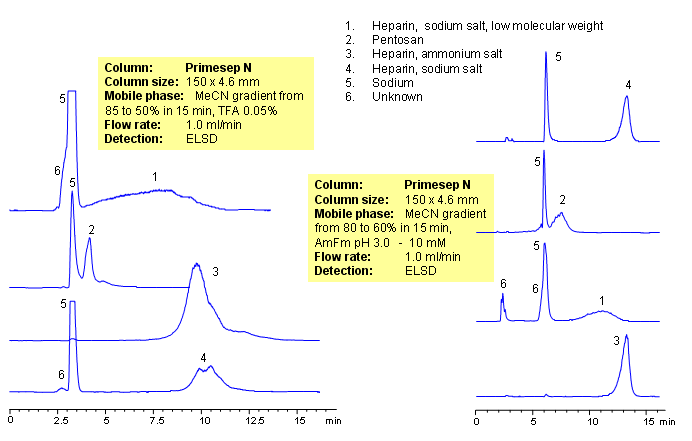
Heparin and pentosan are highly-sulfated glucosaminoglucan, widely used in pharmaceutical industry. Both molecules carry a high negative density attributed to multiple sulfate groups. Due to a very polar and polymeric nature of these compounds, separating and quantifying them is a very difficult task. Heparin and its salt, along with pentosan, are separated on a Primesep N column in HILIC/anion-exclusion mode. Method can be used for quantitation of heparin and pentosan in biofluids and formulations. Elution is monitored by ELSD, CAD or LC/MS.
Application Column
Primesep N
The Primesep family of mixed-mode columns offers a wide variety of stationary phases, boasting unprecedented selectivity in the separation of a broad array of chemical compounds across multiple applications. Corresponding Primesep guard columns, available with all stationary phases, do not require holders. SIELC provides a method development service available to all customers. Inquire about our specially-tailored custom LC-phases for specific separations.
Select optionsPentosan

